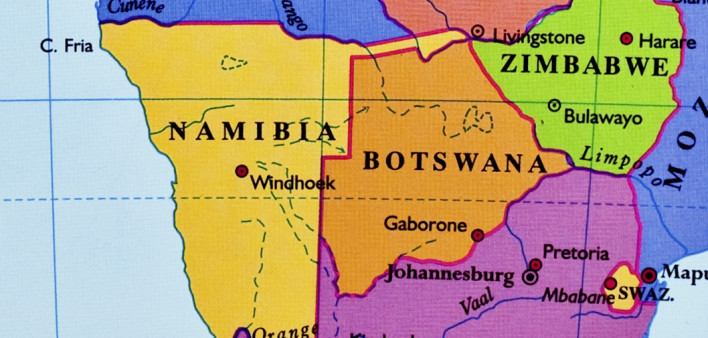Namibia’s adult HIV population has an impressive viral suppression rate of 77 percent. And given the recent dramatic increase in this important figure—it is now the highest yet seen in sub-Saharan Africa—the hard-hit nation’s annual infection rate dropped by more than 40 percent in just the past two years.
Researchers presented findings from the Namibia-based HIV Impact Assessment (NAMPHIA) study at the International AIDS Conference in Amsterdam (AIDS 2018).
In 2014, the Joint United Nations Programme on HIV/AIDS (UNAIDS) called upon all nations to get 90 percent of their HIV populations diagnosed, 90 percent of that group on antiretroviral (ARV) treatment and 90 percent of that group virally suppressed, rendering their risk of transmitting the virus effectively zero. Reaching these targets by 2020, the agency has projected, can help control national epidemics and eliminate HIV as a public health threat by 2030.
In recent years, the United States has led efforts to conduct highly accurate analyses, called public health HIV assessment (PHIA) studies, of the nature of national epidemics in a series of African nations with high prevalences of HIV.
The PHIA studies are helping to drive the stepped-up U.S. effort to rapidly control the HIV epidemics of various sub-Saharan African nations.
Previously announced results from PHIA studies in other nations in the region have shown that in 2016 the viral suppression rates in Swaziland, Zimbabwe, Malawi and Zambia were a respective 74 percent, 60 percent, 68 percent and 60 percent. By increasing its viral suppression rate from only 37 percent in 2011, Swaziland cut its HIV infection rate in half in just five years.
According to the PHIA in Namibia, 86 percent of its adult HIV population is virally suppressed, 96 percent of that group is on ARVs and 91 percent of that group is virally suppressed (in other words, the nation has hit 86-96-91 per the UNAIDS target formula). This translated to an overall viral suppression rate of 77 percent.
The study found that the annual HIV infection rate among females 15 to 24 years old was 0.99 percent (meaning that about 1 out of 100 people in this age bracket contract the virus annually), compared with just 0.03 percent (1 out of 3,333) among males in this age range. This suggests that young females are contracting the virus from older men and that HIV treatment and prevention efforts should target that group of men in order to bring down transmissions among teen and adolescent girls.







Comments
Comments